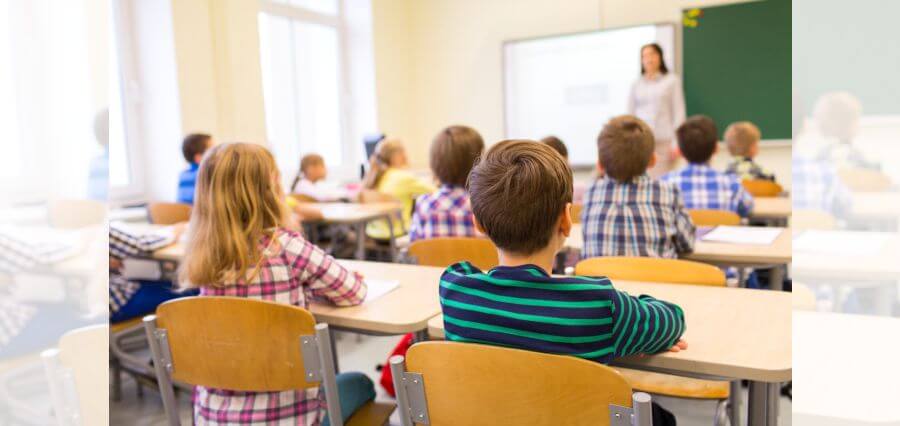Student learning progress is an important aspect of a teacher, of your job. It’s not enough to teach; students have to learn as well.
As a teacher, it’s your job to create lessons that challenge your students and help build their skills for life. Teachers need to know how to test what the students are learning and how to track it.
Keep reading to learn more about other ways to assess student learning while working in a social learning environment.
- Formative Assessments
Formative assessment is one important strategy for monitoring student performance and can save time. Through formative assessment, teachers can track students. Teachers may use frequent quizzes, homework assignments, and other activities.
The students need to show their knowledge. Teachers can then use the results from these activities to inform their instruction. As students show mastery of a topic, teachers can increase the complexity of the material.
- Observations And Checklists
Observing the student’s progress over a period of time allows the teacher to identify any learners who may be struggling. Checklists track students’ achievements, helping educators to watch skills. Each metacognitive skill can check off as they developed or demonstrated.
Observations and checklists are powerful tools that can measure the assessment for learning.
- Student Self-Assessment And Reflection
This strategy provides students with an opportunity to assess their own progress. They make adjustments to their learning. A student can reflect upon what they have learned.
Consider their strengths and weaknesses, and then refine their knowledge and skills. It should also be emphasized that student self-assessment should be supported by teachers to ensure the task is done. It is important for students to discuss their self-reflections with peers and the teacher.
And gain feedback and strengthen their understanding of the material. Student self-assessment and reflection is an invaluable tool for monitoring student learning progress.
- Digital Tools and Learning Analytics
A useful strategy is to collect data that illustrates the progress of each student. Utilizing online data management systems such as:
- Google Classroom
- Canvas
This can help track students. Digital surveys, quizzes, and assessments can provide the teacher with valuable insights. Whether students are meeting the goals of the curriculum. Digital tools geared towards collaborative learning such as discussion boards or breakout rooms, can also be a useful way to measure student progress.
Teachers should ensure they are using data-driven instruction as a hard check to make sure that students are performing at the expected level.
Establish Realistic Ways To Assess Student Learning
Student learning progress should be monitored regularly to ensure students are making steady progress in their studies. Setting clear objectives, focusing on formative assessments, and using technology tools are effective strategies to help gain insight into student learning and provide meaningful feedback.
Parents, teachers, and administrators should work together to monitor student learning progress with these strategies and ensure that all of their needs are being met.
Interested in learning more? Then be sure to explore our blog for all the answers to your question!









